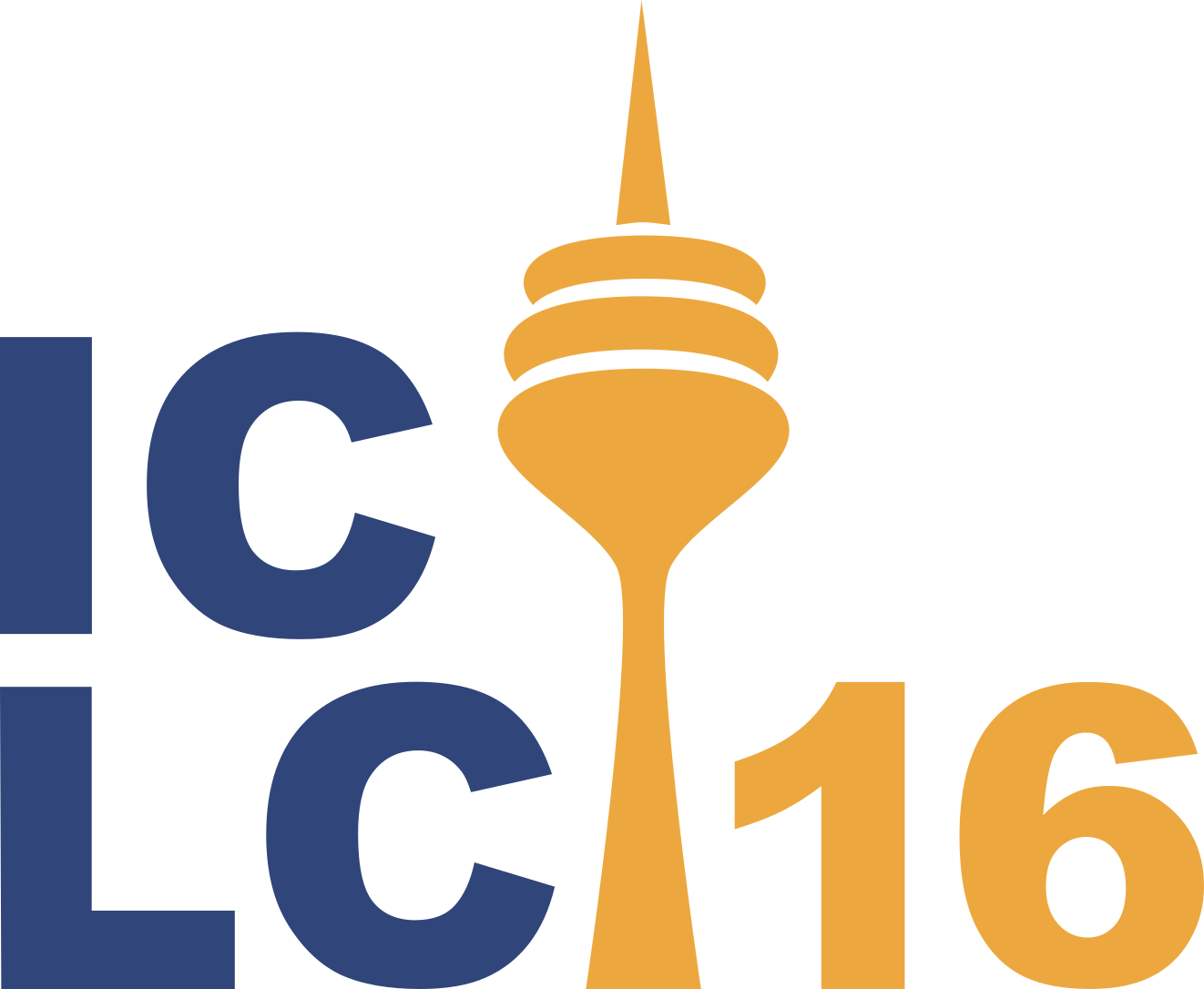Laura Ruth-Hirrel & Sally Rice
Lists are ubiquitous in human life. Acts of listing reflect our efforts to categorize facets of our experience. Processes of categorization rely on the basic cognitive operation of comparison and are central to the way humans make sense of the world (Croft & Cruse, 2004; Langacker, 1987). Despite frequent encounters with lists in everyday life, list constructions lack adequate description and theoretical treatment in linguistics. This theme session will bring together researchers studying list constructions from cognitive-functional perspectives across signed and spoken languages, in order to explore listing practices cross-linguistically and cross-modally and to investigate how listed items are conceptualized in relation to one another. List constructions have been characterized in terms of syntactic, functional-discursive, and prosodic properties (Jefferson, 1990; Schiffrin, 1994; Selting, 2007). Coordinated elements in list constructions have been described as formally and functionally parallel structures that express a unified communicative message (Inbar, 2019). There is no agreement on the range of patterns that constitute lists. While list constructions have properties in common with coordination constructions, they can involve parallelism extending beyond clauses, organizing larger units of discourse (Sánchez-Ayala, 2003). Recent research has linked seemingly distinct phenomena to list constructions (Masini et al., 2018). For example, research in spoken languages has found functional links between acts of stance-taking and conventional expressions called general list extenders used to complete vague, ad-hoc, short item lists, e.g. and things like that (Hinnell & Rice, 2020; Kim, 2022; Rice & Hinnell 2022). Further research is needed to understand the nature of these relationships.
Patterns in multimodal list construction in co-speech gesture could provide insights into relationships across list-related constructions. Aside from finger-counting practices, which show incredible diversity cross-culturally (Bender & Beller, 2012), gesture has only recently been examined in research on lists. It is generally unknown how gestural forms embody listing practices across cultures and how gesturally expressed lists interact with verbally expressed lists. In signed language research, the non-dominant hand has received special attention. It has been described as a stationary “buoy,” which functions to structure discourse (Liddell, 2003). Little attention, however, has been given to the dominant hand and the range of ways it interacts with buoys and whether those interactions contrast functionally. Only in recent years have the discourse functions of lists in particular signed languages begun to be studied (Gabarró-López, 2019). Inter-speaker and intra-signer variation in listing practices also remains unstudied. This theme session brings together researchers with diverse interests in the conceptualization and expression of lists across languages, modalities, and discourse environments, who use a range of experimental, quantitative and qualitative corpus studies in the pursuit of a multimodal and cognitive linguistic framework (Feyaerts et al. 2017, Zima & Bergs 2017).
References
Croft, W., & Cruse, D. A. (2004). Cognitive linguistics. Cambridge University Press.
Bender, A., & Beller, S. (2012). Nature and culture of finger counting: Diversity and representational effects of an embodied cognitive tool. Cognition, 124(2), 156-182.
Feyaerts, Kurt, Geert Brône, and Bert Oben. 2017. Multimodality in Interaction. In Dancygier, B. (ed.), The Cambridge Handbook of Cognitive Linguistics, 135-156. Cambridge: CUP.
Gabarró-López, S. (2019). Describing buoys from the perspective of discourse markers. Sign Language and Linguistics, 22(2), 210-240. doi:10.1075/sll.00034.gab
Hinnell, J. & Rice, S. (2020, November). “X, Y, and whatever: The embodiment of list-extending expressions in English”. Presentation at the 14th High Desert Linguistics Society (HDLS), Albuquerque, New Mexico.
Inbar, A. (2020), List constructions. In R. A. Berman (ed.), Usage-based studies in modern Hebrew: Background, morpho-lexicon, and syntax, Amsterdam: John Benjamins, 623-658.
Jefferson, G. (1990), List construction as a task and resource. In G. Psathas (ed.), Interactional competence, New York: Irvington Publishers, 63-92.
Kim, M. (2022). Intersubjectivity, stance, and Korean general extenders. Journal of Pragmatics, 193, 253-268.
Langacker, R. W. (1987). Foundations of cognitive grammar: Vol. I: Theoretical prerequisites. Stanford: Stanford University Press.
Liddell, S. K. (2003). Grammar, gesture, and meaning in American Sign Language. New York: Cambridge University Press.
Masini, F., Mauri, C., & Pietrandrea, P. (2018). List constructions: Towards a unified account. Italian Journal of Linguistics, 30(1), 49-94.
Rice, S & Hinnell, J. (2022, November). “Lists that don’t list: A multimodal account of very short lists with general extenders.” Presentation at the 15th High Desert Linguistics Society (HDLS), Albuquerque, New Mexico.
Sánchez-Ayala, I. (2003). Constructions as resources for interaction: Lists in English and Spanish conversation. Discourse Studies, 5(3), 323-349.
Schiffrin, D. 1994. Making a list. Discourse Processes 17(3): 377-406.
Selting, M. (2007), Lists as embedded structures and the prosody of list construction as an interactional resource. Journal of Pragmatics 39(3), 483-526.
Zima, Elisabeth and Alexander Bergs (eds.). 2017. Special Issue–Towards a Multimodal Construction Grammar. Linguistics Vanguard 3 (1). https://doi.org/10.1515/lingvan-2016-1006.
